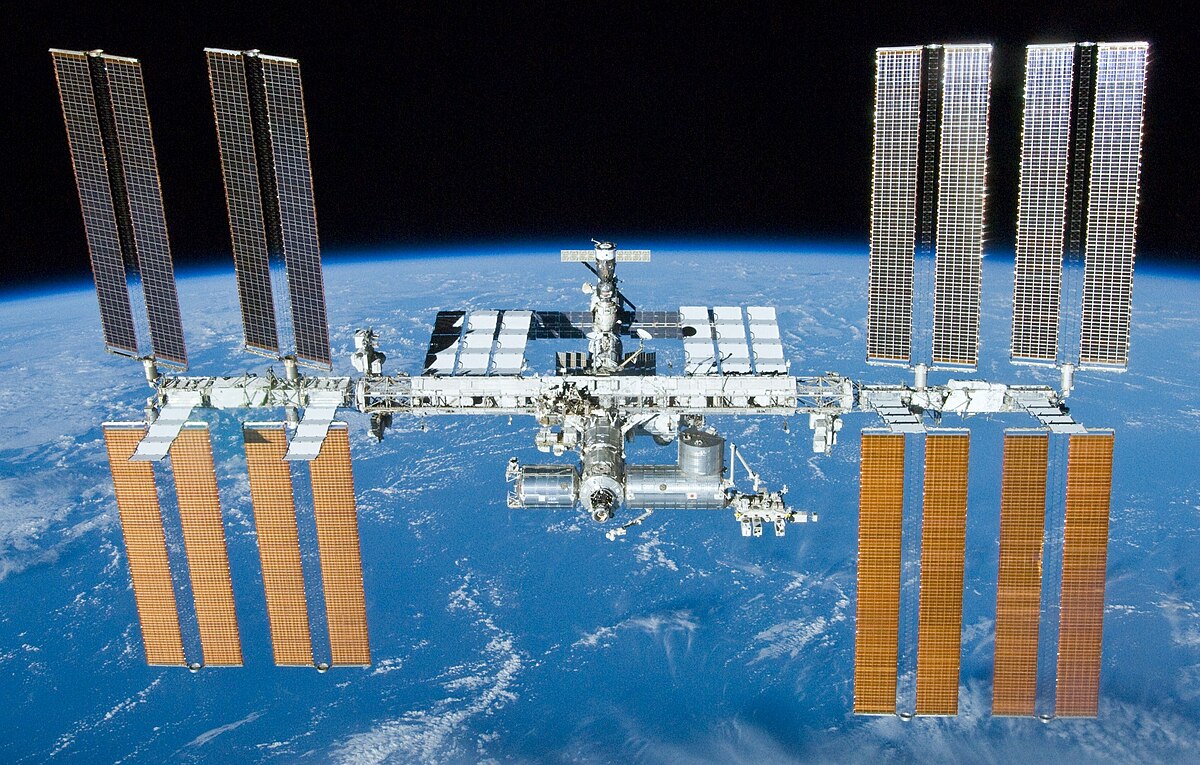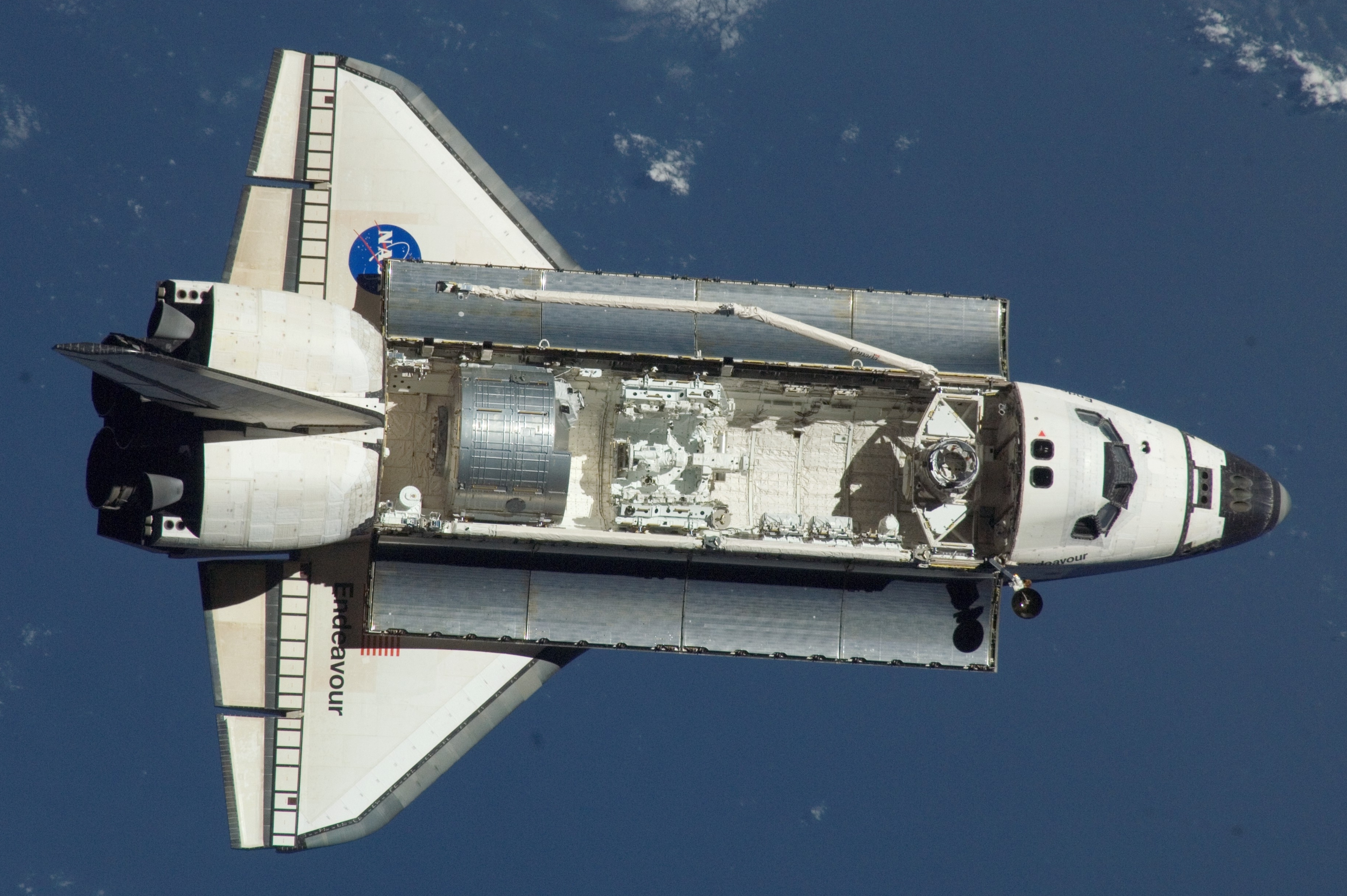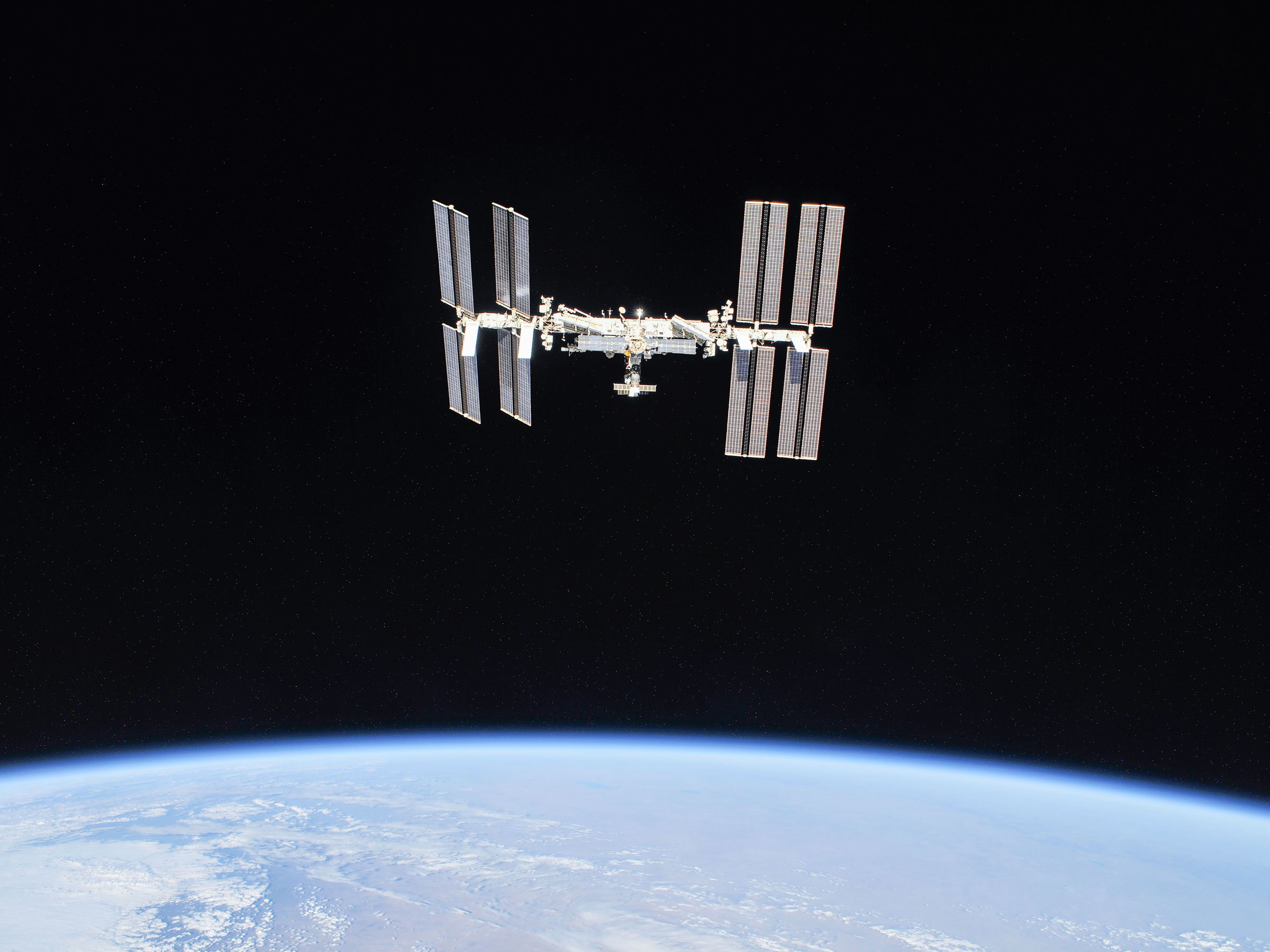
When & How Will The International Space Station Retire?
The International Space Station has been an incredible achievement shared by all the participating countries and agencies. It provided the world with a consistent spot to live in space and do many things. This includes science, photography, general tests, and much more. Not only that but it has also helped keep good relations between the participating countries. While it’s responsible for so many great things it can’t last forever. Here is when and how the International Space Station will retire.
How Was The ISS Assembled?

The International Space Station consists of many different segments. Each segment was built on Earth and then later sent up into space to be assembled. The very first segment launched was named Zarya and was launched by a Proton rocket on November 20th, 1998. To allow more segments to be added to the ISS each module would have a docking station rather than a closed-off wall. This meant that a new segment could be sent up and added to the previous.
As far as the majority of the segments that built the ISS the Space Shuttle was largely responsible. The Space Shuttle launched and delivered 36 elements of the International Space Station. Each launch would bring a full or partial segment. Once the segment was up in orbit either the crew would perform a spacewalk or robotic arms would be responsible for installing the new part. With each new element, the Internation Space Station became bigger and bigger. Altogether building the ISS took around 10 years and over 30 missions.
How Long Has The ISS Been Orbiting Earth?
Currently, the International Space Station is over 20 years old. The ISS orbits the Earth at a speed of 7 kilometers a second. This equates to around 15,000 miles per hour. It has orbited the Earth over 130,000 times! This much time and experience in space have put the ISS through a lot. This includes space debris impacts, old technology, and more.
Why The ISS Is Being Retired

The International Space Station will eventually be retired for multiple reasons. This includes the cost, future plans, and the overall age of the space station. Each reason adds more to the case of retiring the current space station.
Cost – One of the biggest issues with the ISS is the cost. NASA has stated, “maintaining and supporting the ISS consumes approximately $3-$4 billion annually, about half of NASA’s annual human spaceflight budget.”. This was mentioned in NASA’s Management and Utilization of the International Space Station document.
NASA has always struggled in recent years trying to obtain a higher budget. Now with the age of the International Space Station in conversation and plans for a Moon mission around the corner they have to be smart with their budget. It could be more beneficial for NASA to stop spending money on the ISS and instead use their funds for new and improved technology such as a Moon space station. However, over the course of the ISS’s lifetime, it’s estimated to have cost around $150 billion. This number makes it very hard to just get rid of the ISS.
Future Plans – Another reason for the possible retirement of the ISS is NASA’s future plans. As I mentioned above the cost to maintain the ISS is quite a lot. It would be hard to justify the cost of the ISS if NASA is working on a different more advanced space station in the future. If this is the case it would likely encourage the retirement of the ISS to help with funding and focus on future projects.
Overall Age – The International Space Staton has orbited the Earth for over 20 years. While in that time it has been responsible for many incredible things, it is getting older. Most modules that make up the ISS only have a planned lifetime of 10 years. This brings up concerns when a majority of the space station segments are older than 10 years. Despite these concerns, NASA and the other space agencies have done a lot of work throughout the space station to try and fix/update different aspects of it.
When The ISS Will Be Retired
While the International Space Station is approved to operate through at least 2024, it will likely be retired around 2028. Around this time we can assume development has already started on the future space stations and new projects. This will make the budget and age of the ISS a big limiting factor. At that point, NASA would be encouraged to get rid of the International Space Station for the reasons stated above.
How NASA Will Retire The Space Station
With a length of an American football field at 109m and a weight of around 420,000kg, the ISS is massive. Getting this space station out of orbit brings up quite the challenge with dangerous consequences if something goes wrong. Right now the plan is not 100% but NASA has thought of some ways they could de-orbit the space station.
The first thing they would have to do is slow down the ISS. Currently, the station will continue in orbit for many years because of its high speed. To get it to fall back to earth we need to slow it down. The plan would be to send a cargo rocket up to the ISS. The rocket would then attach to the side of the International Space Station. From here the rocket would have to very precisely light its engines and slow down the ISS. This would be no easy task as the timing is crucial to de-orbit the ISS in the perfect location. Ideally, they would aim to have it burn up and land somewhere in the Pacific Ocean far from any people or buildings. Assuming everything went according to plan the ISS would slow down and start to re-enter Earth’s atmosphere. From here a lot of the space station would burn up and the parts that don’t would end up landing in the Pacific Ocean.
Is There A Replacement?

When looking at NASA and the rest of the space industries plans there are definitely future space stations in the works. One aspect is opening up the ISS to different private companies. NASA awarded the private company Axiom $140 million to build a private segment that will be attached to the ISS. The plan is to open up space for more private and commercial uses. Once the ISS is retired, the Axiom segments would be disconnected from the old space station. The Axiom segments will then continue orbiting the planet by themselves.
Another future space station plan involves NASA and the Moon. Currently, NASA is working on its Artemis mission. This mission consists of building a large Moonbase and putting humans on the surface for a longer period of time. With this plan, NASA also wants to construct a Moon space station. The station would help act as a communication relay for the planet and a place to dock when going to the Moon or coming back to Earth. If you want to learn more about this mission check out another one of my articles here.
Conclusion
The International Space Station is a Marvel of technology. It is the most complex and expensive laboratory in the world. Despite the high price tag it has provided us with invaluable technology, information, and relations with other countries. Fortunately, the ISS still has some time before it will be fully retired. Also, NASA, many other agencies, and private space companies have big plans for the future. While the ISS may be gone by the end of the decade, we are likely to see even more incredible technology throughout space.
